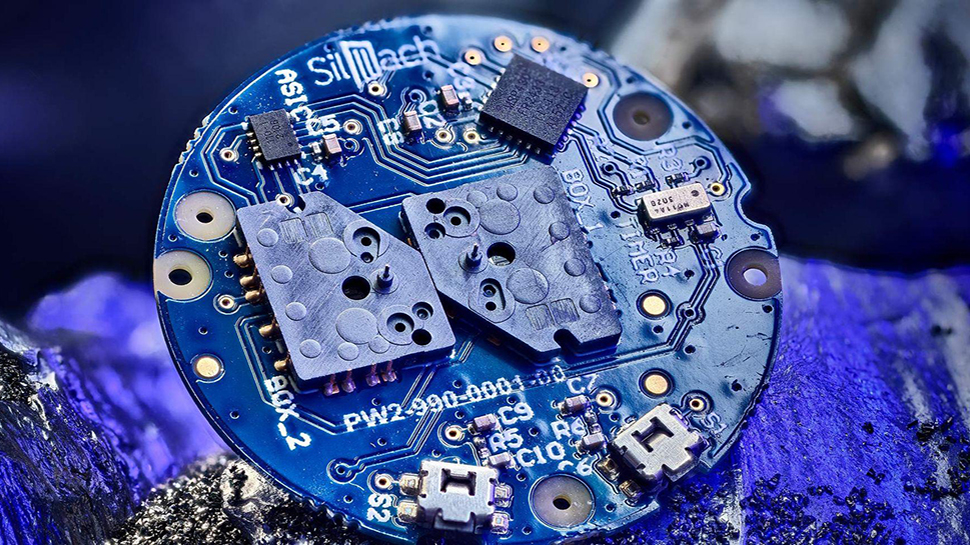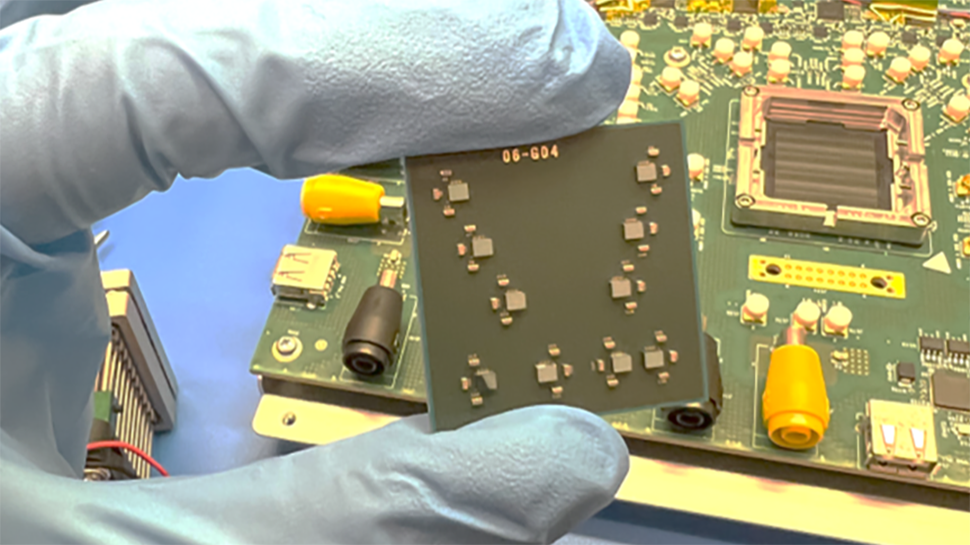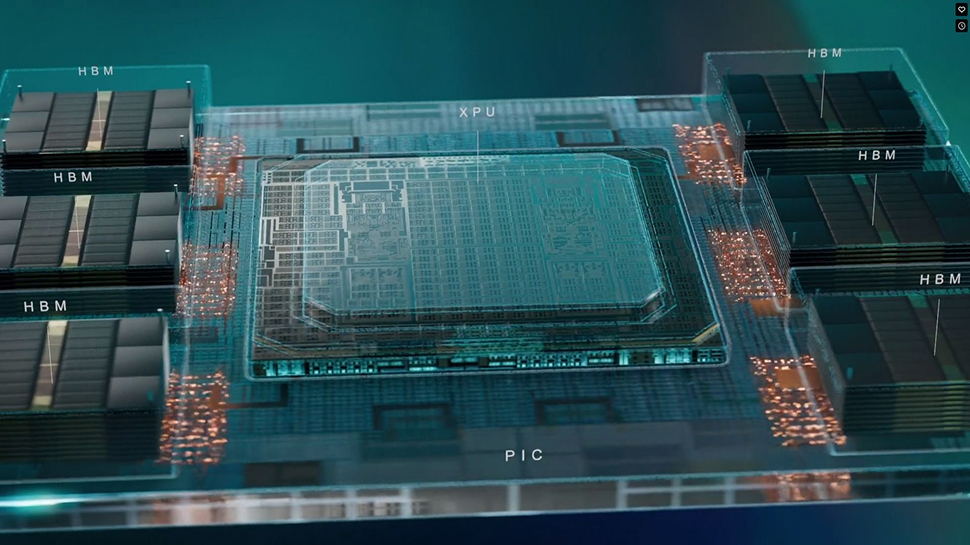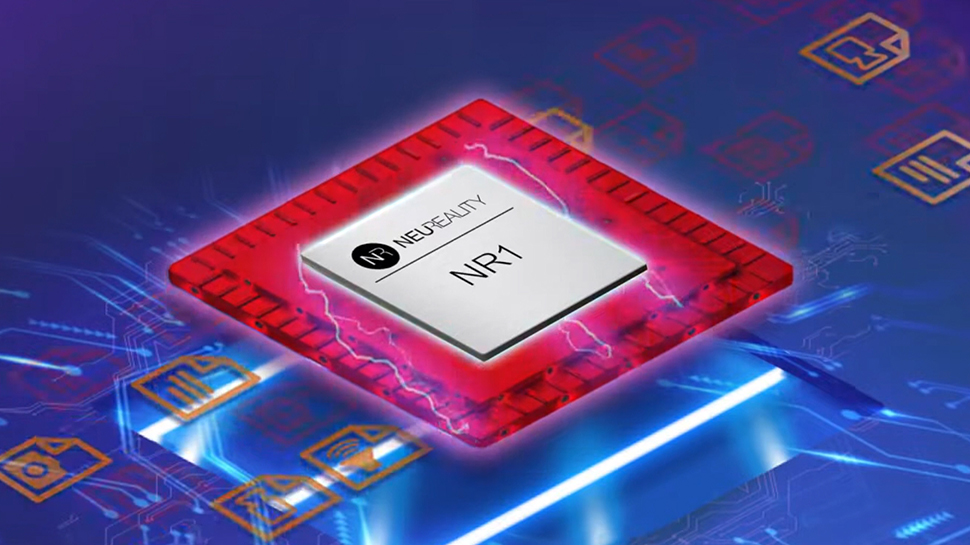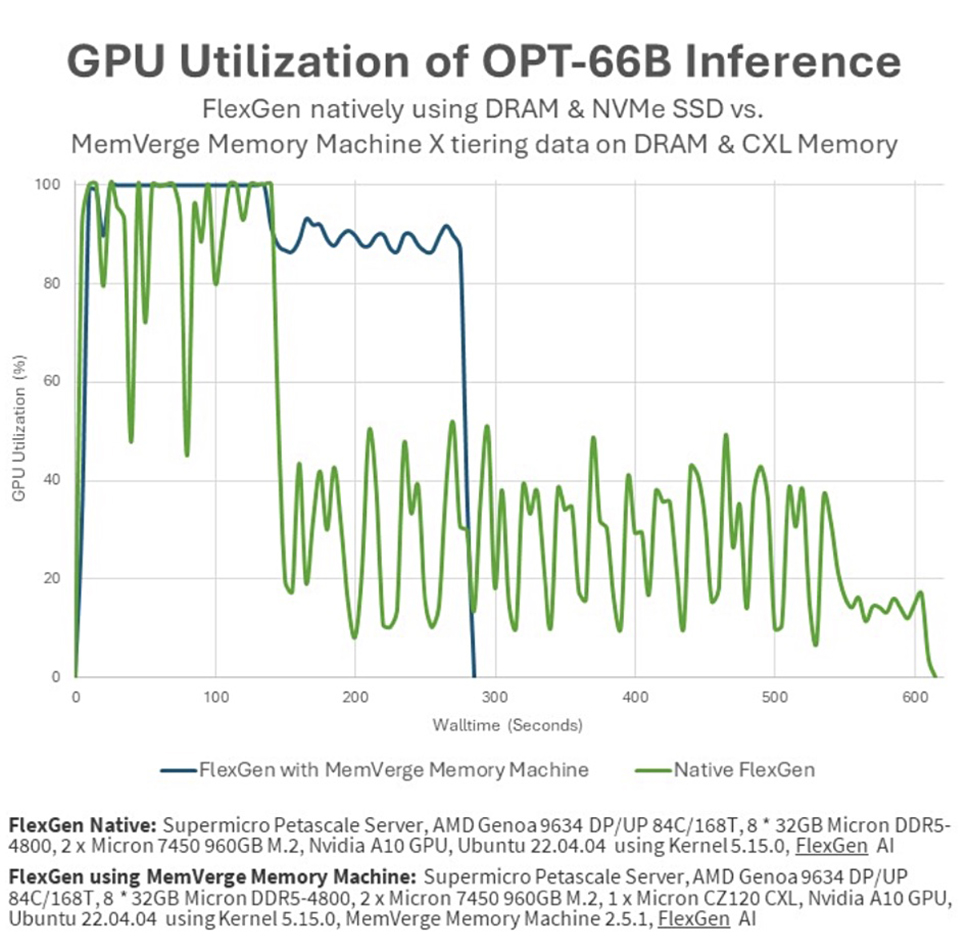[ad_1]

Elon Musk Startup de inteligencia artificial xAI Recaudó 6.000 millones de dólares (alrededor de 49.857 millones de rupias) para acelerar su desafío a sus antiguos aliados en AbiertoAI.
La ronda Serie B, anunciada en una publicación de blog el 26 de mayo, llega menos de un año después del debut de XAI y representa una de las mayores inversiones en el campo emergente del desarrollo de herramientas de IA. Musk fue uno de los primeros defensores de la IA y apoyó a OpenAI antes de su introducción. ChatGPT A finales de 2022.
Posteriormente retiró su apoyo al proyecto y pidió precaución debido a los riesgos potenciales de la tecnología. Estaba entre un gran grupo de líderes de la industria que instaron a una pausa en el desarrollo de la IA el año pasado.
Musk lanzó un competidor para ChatGPT de OpenAI en noviembre, llamado Entiende en detalle, que fue entrenado e integrado en X.com, la red social antes conocida como Twitter. Este fue, con diferencia, el producto más visible del trabajo de xAI, dirigido por ejecutivos con experiencia previa en DeepMind de Alphabet, Microsoft y Tesla.
La compañía dijo en su blog que tiene la intención de utilizar los fondos para llevar sus primeros productos al mercado, construir infraestructura avanzada y acelerar el desarrollo de tecnologías futuras.
Musk dijo en una publicación en X. que su valoración previa a la financiación era de 18.000 millones de dólares (alrededor de 1.49.571 millones de rupias). Nombres de capital riesgo como Sequoia Capital y Andreessen Horowitz han respaldado la recaudación de fondos, que es una de las mayores hasta la fecha en el mundo. industria.
Microsoft ha invertido alrededor de 13.000 millones de dólares (alrededor de 1.08.024 millones de rupias) en OpenAI, mientras que Amazon.com ha invertido alrededor de 4.000 millones de dólares (alrededor de 33.238 millones de rupias) en Anthropic.
© 2024 Bloomberg LP
[ad_2]
Source Article Link







